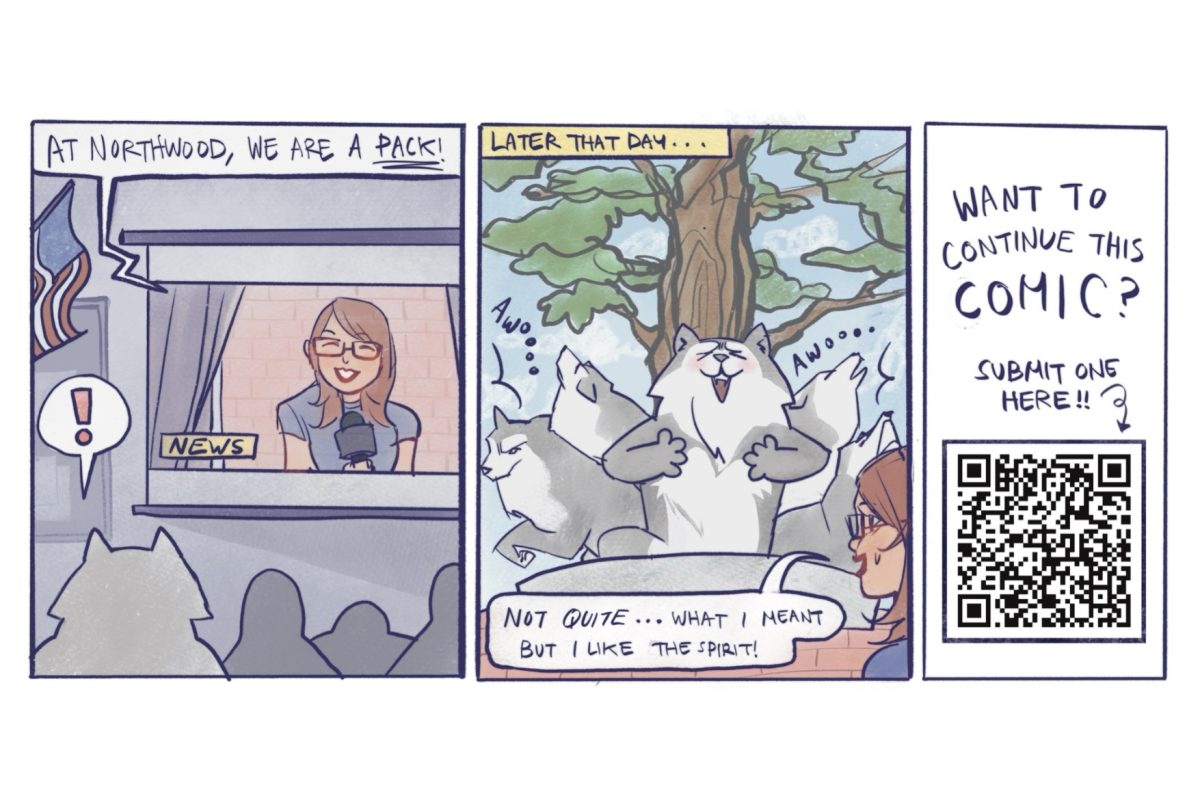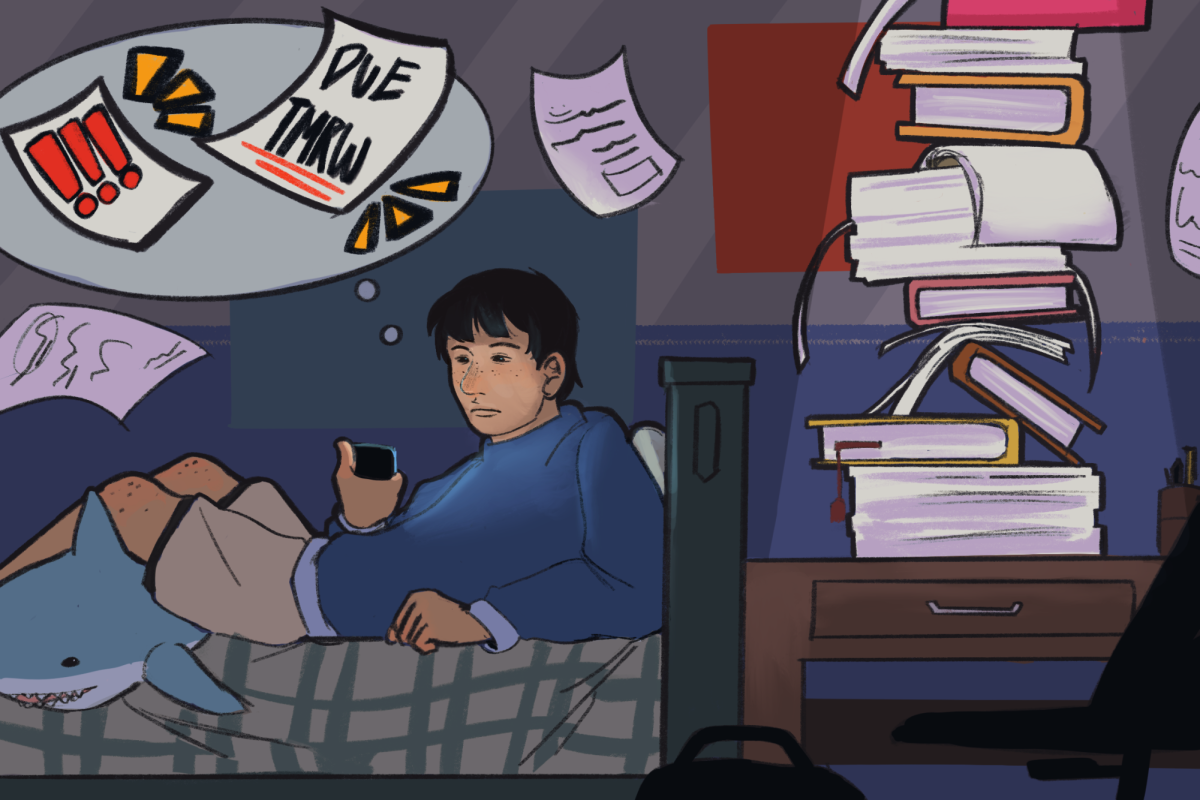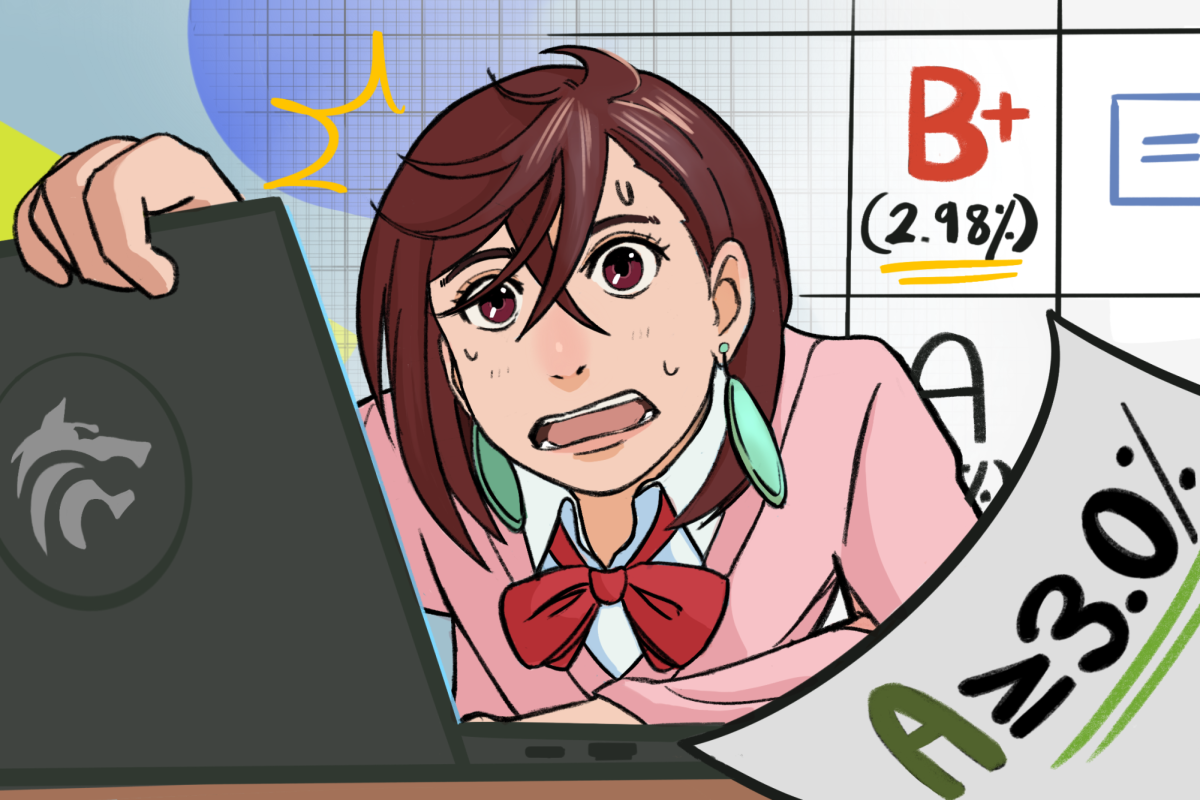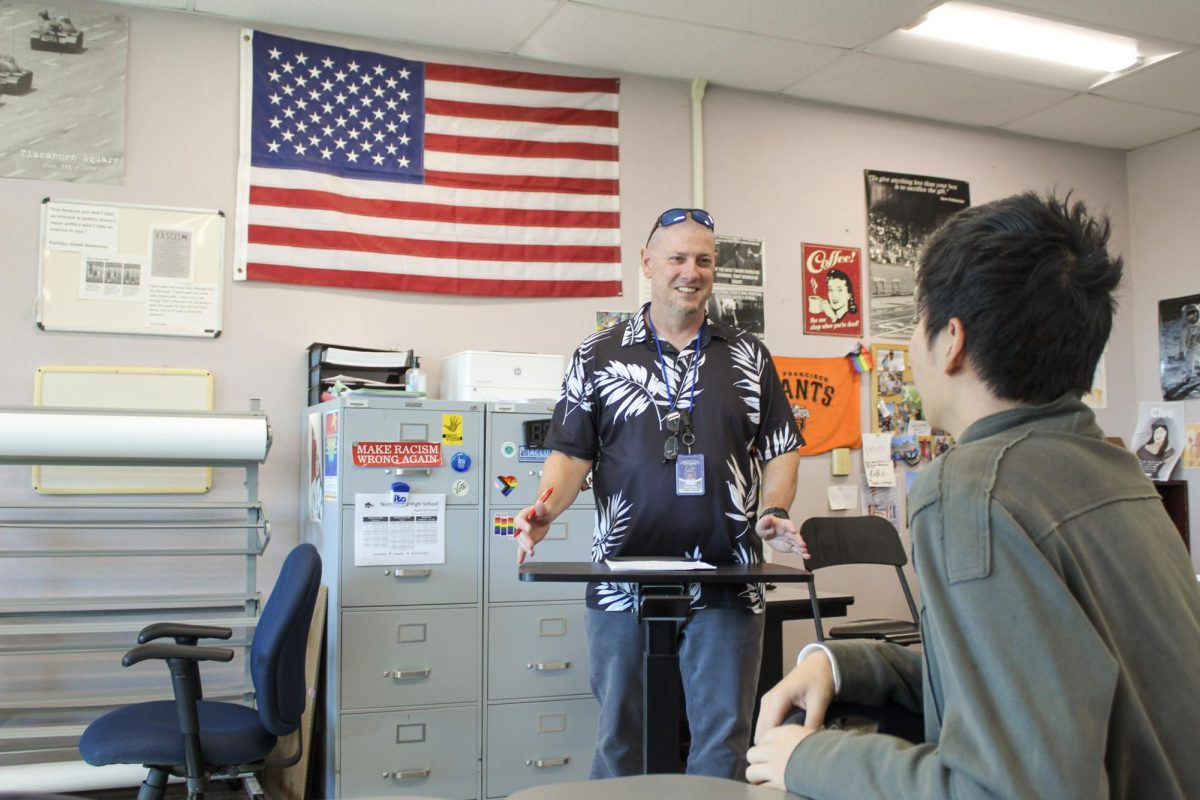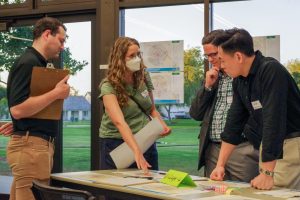How to stay safe in a crowd rush
STAY INFORMED: Knowing what to do in dangerous situations can save lives.
December 8, 2022
Nov. 5 marked the one year anniversary of the Astroworld tragedy—a Travis Scott concert where 10 people were choked to death and around 300 were injured. On Oct. 29, a day originally filled with Halloween festivities in Itaewon, South Korea, ended in the country’s biggest peacetime disaster since 2014 with over 150 people dead.
The two events occurred due to nearly identical causes on opposite sides of the globe: a crowd crush. However, both could have been prevented through a crowd well-informed on the dangers of a crowd crush and basic CPR.
One cause of a crowd crush are the misconceptions around fatally dense crowds. Many, including news and media outlets, believe that a crowd crush is a stampede. It gets reported as such in the media, leading to the belief that as long as no one falls down and gets run over, it is safe to remain in the crowd. But this belief is false.
In a stampede, people are able to run and trample others. In a crowd crush, no one can do either, or move at all. Highly dense crowds begin to behave like a fluid. Like getting caught in a riptide, people lose control of their bodies and are forced to move in the direction that they are being pushed into.
Situations like this, when someone gets pushed into a wall or even crushed between people, can cause compressive asphyxia. Compressive asphyxia is when the body experiences pressure to the point that the lungs no longer have room to expand, leading to cardiac arrest. According to Steve Adelman, vice president of the Event Safety Alliance, this is the primary cause of death in crowds—not a stampede.
There are two types of crowd crushes that commonly happen: a crowd surge and a crowd collapse. A crowd surge is when the people entering a large, densely packed area keep pushing forward with no knowledge of the dangerous situation happening at the front. A crowd collapse is when someone at the front of a crowd falls over as everyone else is pushing forward, resulting in everyone behind them falling on top of each other like dominoes.
So how do you identify when a crowd is becoming dangerous and escape before a tragedy occurs? According to G. Keith Still, a professor of crowd science at the University of Suffolk, the density of a crowd can be calculated by the number of people per square meter. At five people per square meter, things become uncomfortable. At six, the situation has a high chance of turning dangerous and it is advised to leave as soon as possible.
But not everyone has the best conception of space, especially in the U.S. where the standard measuring system is used, and oftentimes in events like festivals, it is hard to find yourself in a situation calm enough to look around and measure the density of a crowd.
A better rule of thumb is to stay aware of your surroundings at all times. If you find yourself in a crowd unable to control the direction that you are moving in or are touching people on two or more sides of your body, it is advised to turn around while still possible.
“When bodies are touching, that high energy and density can give rise to these surges and crowd collapses,” Still said for CNN. Another red flag is if the crowd is pressing into a wall, gate or barricade—this leaves a high chance of someone getting choked against it.
If you find yourself at the back of what could possibly be an extremely dense crowd, do not press forward—this only crushes the people in the front more. If the people in front of you are telling you to turn around and go back, and you are able to, turning around and leaving immediately is the best course of action.
According to Mehdi Moussaid, a research scientist of crowd behavior , let yourself be moved with everyone else if the crowd is starting to feel fluid—don’t try to fight it. Reserve your energy and oxygen. In these situations, people die because there is no room around their chest for them to expand their lungs and breathe.
“Should the pressure become intense, fold your arms up in front of you like a boxer,” Moussaïd said for The Conversation. “In that position you can protect your ribcage and keep a few centimetres of space around your ribs and lungs so you can breathe.”
When your own physical safety is guaranteed, your next priority is to help your fellow humans. If someone falls around you and you are able to, help them up; if you’re able to escape, help to pull others out.
“A united crowd is more likely to survive than a crowd of individualists,” Moussaid said. “So remain human and be kind to others, offer help when you can, avoid tripping up those around you and look out for the weakest members of the group. This will benefit everyone, yourself included.”


